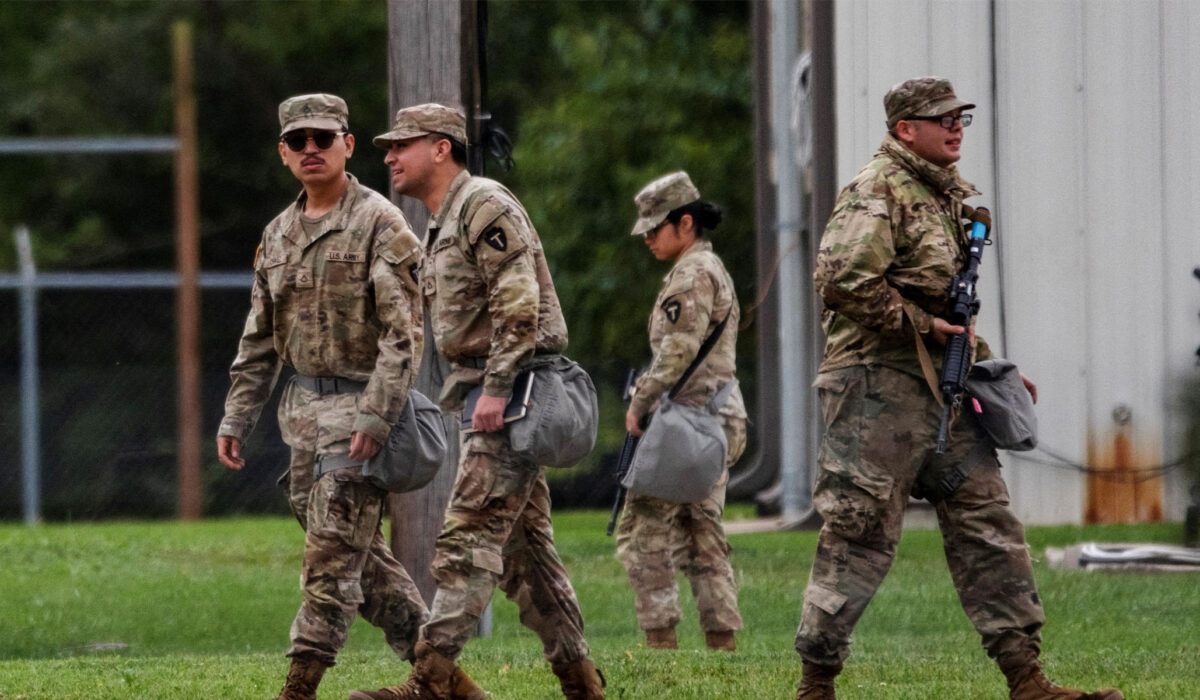Administration Appeals to Supreme Court as State Challenges Mount
The administration has appealed to the Supreme Court as challenges in other states mount, and that move tells you everything you need to know about how this fight is unfolding. Rather than settling disputes in Congress or working with state leaders, the federal government pushed the tensions up the judicial ladder. The result is a showdown over the limits of executive power and where final authority lives in our system.
From a Republican viewpoint, this appeal looks like a play for broad power without winning a public mandate, and courts should be careful not to bless overreach. When federal policies sweep into areas traditionally controlled by states, the balance set by the Constitution gets strained. The Supreme Court now faces pressure to clarify whether an administration can set national rules that effectively override state decisions.
Legal teams for the administration argue the matter demands a unified national approach and prompt resolution to avoid a patchwork of conflicting orders. That argument appeals to efficiency and national consistency, but it also raises red flags about accountability. Courts must weigh national interests against constitutional checks and the role of state experimentation.
Meanwhile, attorneys general and officials in several states have filed challenges saying their sovereignty and local discretion are being trampled. Those suits often paint the federal action as heavy-handed and untethered from statutory authority. For voters and local officials, the question becomes whether their elected state leaders retain genuine control or are subject to unilateral federal dictates.
The Supreme Court’s docket is already crowded, yet this appeal forces justices to confront big constitutional principles in short order. Decisions from the bench will shape not just this policy, but also the limits of future administrations when they try similar tactics. A ruling that reasserts state authority would be a clear signal that the Constitution still constrains federal ambition.
Expect opinions on jurisdiction and standing to play a central role in the Court’s deliberations, because procedural rulings can determine whether the merits are ever heard. Republicans see procedural gates as a chance to prevent expansive interpretations of executive authority without doling out a policy endorsement. If the Court lets these challenges proceed, the underlying legal arguments about separation of powers and statutory text will take center stage.
The political fallout is unavoidable: lawmakers will use the Court’s decision to rally supporters or to press for legislative fixes. Republican lawmakers are likely to emphasize fidelity to the Constitution and the importance of state autonomy in speeches and floor debates. That framing resonates in conservative electorates who worry federal power can be used to impose uniform standards that don’t fit local needs.
For the judiciary, the broader implication is whether courts will act as referees that check both branches when one side pushes too far. A carefully reasoned opinion could restore some predictability by mapping clear boundaries for future disputes. In the end, this is about whether law, rather than politics, sets the terms for national versus state power.
The administration’s appeal forces a national conversation on limits and responsibility, and the Supreme Court’s response will reverberate across the country. Whatever the outcome, the decision will shape the relationship between federal authority and state prerogatives for years to come. That makes this not just another case, but a possible turning point for constitutional governance.

